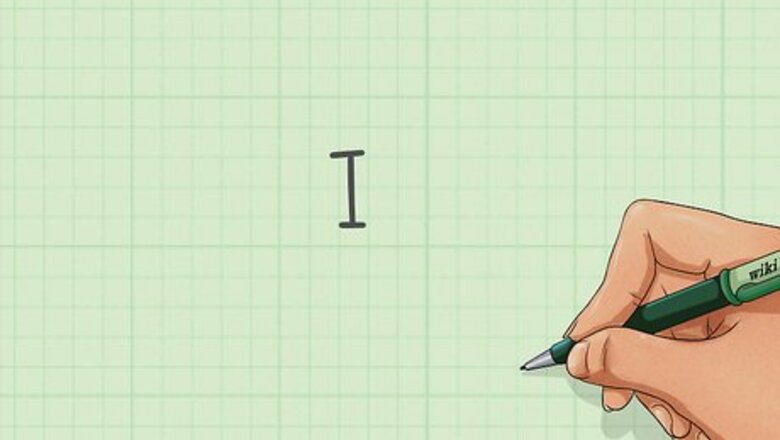
views
Drawing the Skeleton Lewis Structure
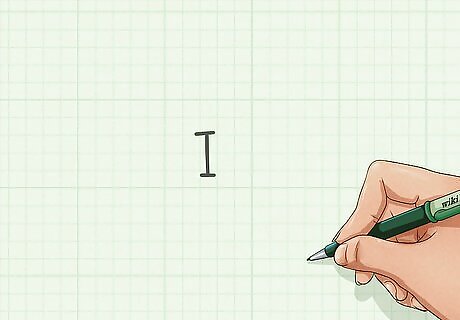
Determine the central atom. The least electronegative atom will be the central atom. In this case it is iodine.
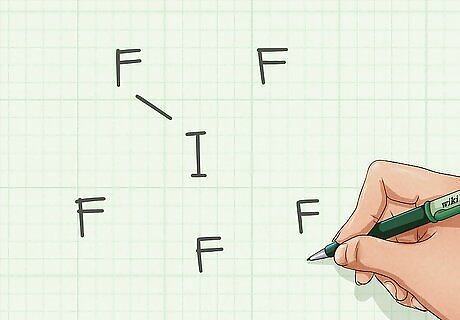
Create bonds connected to the central atom. Since there are 5 fluorine atoms, you will need 5 bonds.
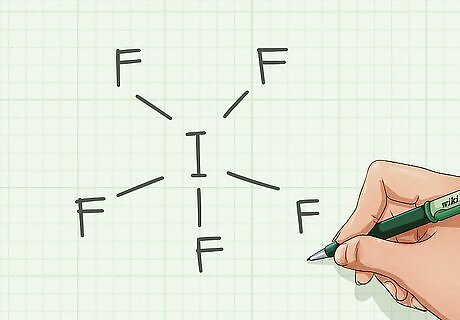
Connect the remaining atoms to the bonds.
Drawing the Complete Lewis Structure
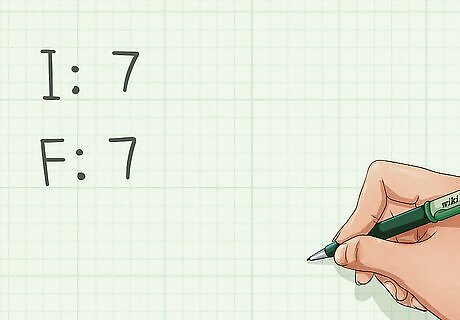
Count the number of valence electrons. The group numbers tell how many valence electrons an atom has. Both iodine and fluorine are both in Group 7A, giving both atoms 7 electrons each.
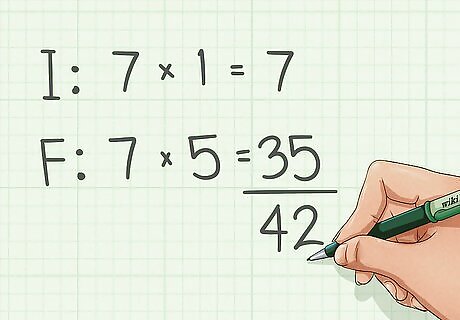
Add up the total number of electrons. Iodine has 7 and each fluorine has 7. Since there are five fluorines, you have to multiply the seven electrons of one fluorine atom by five. 1(7) + 5(7) = 42 total electrons.
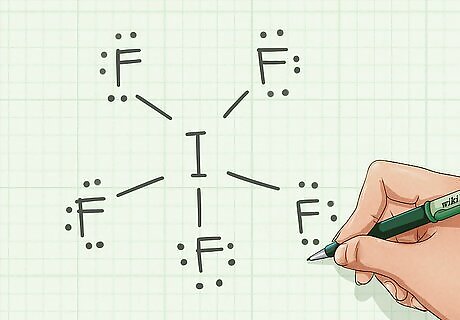
Fill outermost atoms with electrons. Remember to follow the Octet Rule. Single bonds count for 2 electrons. Therefore, give each fluorine atom 6 electrons.
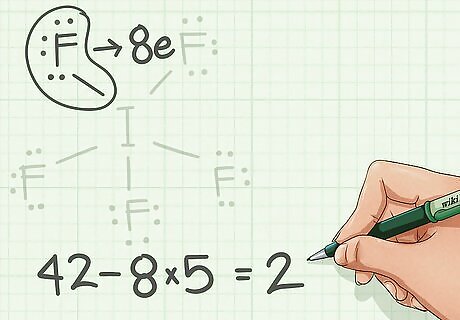
Count the remaining electrons. Each fluorine atoms has 8 electrons around them including the bonding electrons. This gives you 40 out of the 42 total electrons.
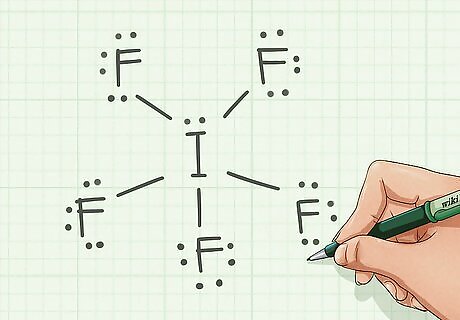
Use the remaining electrons. You must use the remaining two electrons; since all five fluorine atoms have eight electrons, place the remaining electrons on iodine. Iodine is an exception to the Octet Rule because it can expand its orbitals since it has a "d" subshell.
Determining the Molecular Geometry
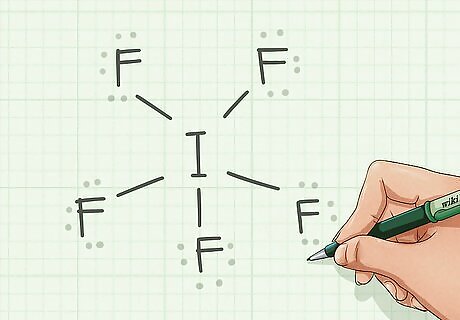
Use the Lewis Structure to Draw the shape. Remember that lone electron pairs do not participate in the molecular geometry. Use the bonds to draw sides of the shape.
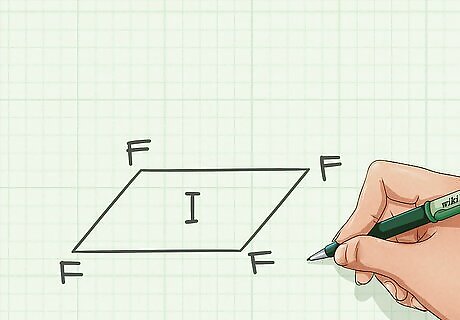
Connect each atom with a line. In the case of iodine pentafluoride, iodine and four fluorine create a square for the base.
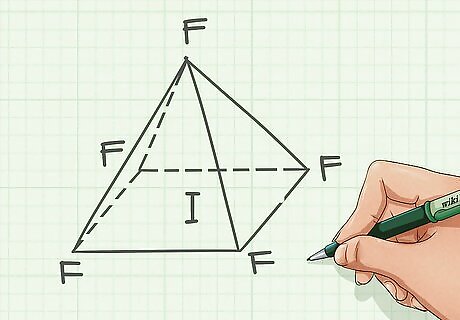
Determine the shape. The shape of iodine pentafluoride looks like a pyramid with a square base. Thus, the name of the molecular shape for iodine pentafluoride is square pyramidal.
Determining the Hybridization
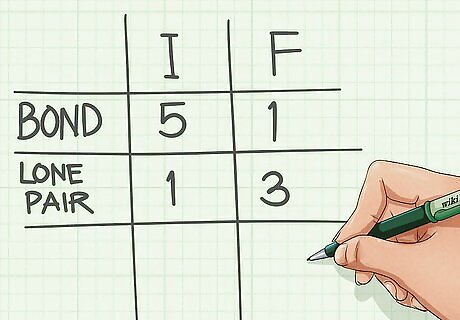
Count the bonds and lone electron pairs connected to the atom. Iodine has 5 bonds and 1 lone electron pair. Each fluorine has 1 bond and 3 lone electron pairs.
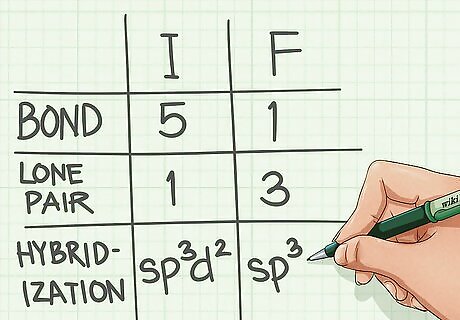
Determine the hybridization. Since iodine has a total of 5 bonds and 1 lone pair, the hybridization is sp3d2. The exponents on the subshells should add up to the number of bonds and lone pairs. Fluorine has 1 bond and 3 lone pairs giving a total of 4, making the hybridization: sp3. Adding up the exponents, you get 4.














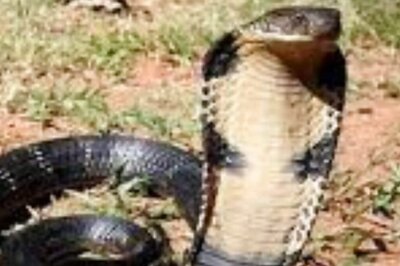
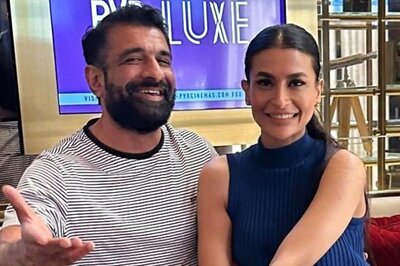
Comments
0 comment